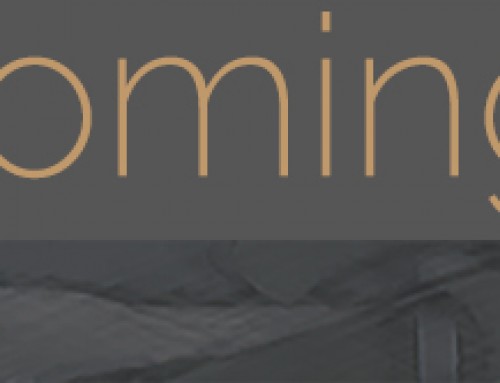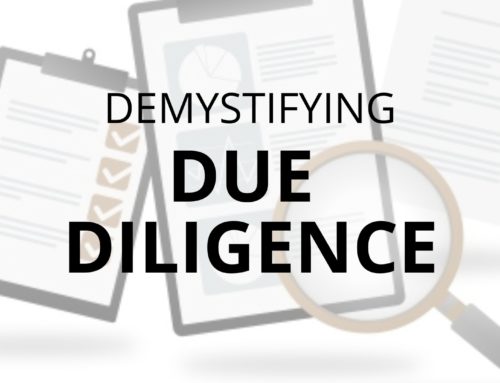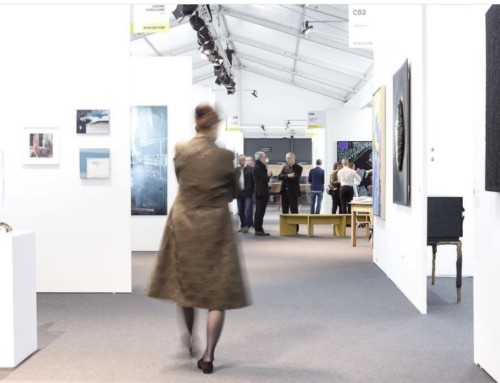
The art market: Dona��t worry, all is well. For the moment.
Why is there another bubble?
We should pay heed to the prudence in Luxembourg
A study by theA�Journal of Empirical FinanceA�at the University of Luxembourg anticipates another bubble bursting in the art market. The work of Dr. Roman KrA�ussl Prof. Thorsten Lehnert and Dr. Nicolas Martelin is based on the results of one million auctions, over a period of 36 years.
The Luxembourg study compares the current situation to that of 1990 and 2008/9. Comparing the symptoms that lead to these two drastic crashes, the three professors have come to the conclusion that the current mood in art sales is experiencing a perfect overheating, which will undoubtedly result in the bubble bursting.

WhatA�if art doesna��t have the answer?
After the post-war growth period, the global economy again became cyclical, as is shown in the graph to the left. Interestingly, since 2002 the strong positive correlation between the S&P500 and the real estate market, has been replaced by a correlation to the art market.A�The origin of this concern, therefore, lies not in art, but in successive Juglar cycles. The current uncertainty comes from unstable financial markets, the Chinese downturn and the growing fear of an energy crisis with rising tension aroundA�shale oil and its financing. By virtue of its growing correlation, a financial crash will have a direct impact on the art market.
Why are we afraid?
From a totally cynical point of view, remember that art benefits from the ambient uncertainty. The art market boasts annual returns of 12% to 15% when the investment is in excess of $100,000 (source: Artprice).
Take a step back: look at the structure of the market
As in any market, the analysis of the market structure is essential to understanding its evolution. And in the art market, supply and demand have never been more important.
SUPPLY: By definition, contemporary art has an unlimited supply and has never been as much fed by as many prolific artists who cover all spectrums, all price ranges. Many countries are rediscovering their old staples thanks to a recently acquired economic stability: Turkey is an eloquent example.
DEMAND: Demand is also increasing in value and volume. Consider the top of the buying pyramid, getting higher and higher. A study published by Oxfam at the Davos forum said that the 62 wealthiest people have greater wealth than 3.5 billion others. The deepening of the Gini coefficient is synonymous with a growing number of wealthy people. Meanwhile, it is generally accepted, especially by the wealthy, that art is an asset and worthy of all an asset deserves. So, we have built foundations and private museums around the world to house and showcase these investments, as detailed in the study published byA�Larrya��s List.
The base of the pyramid is also getting bigger. Art is no longer reserved for a certain cultivated elite. With the intellectual barrier lowered, art is a product everyone wants to acquire, display and share. Fairs are attracting an increasing number of visitors. According to Skatea��s, the 80 biggest fairs attract a total of 1.2 million visitors every year.
Adjustment does not equate to danger
Over the last 12 months, many have been noticing negative signs. However Artprice underlines that during public auctions in 2015, over 360,000 artworks changed hands in the West, 40% more than since 2005, this equates to 3% over the year. In China, having seen two consecutive years of growth, the take off has been poorly managed. The total turnover of auction results has now stabilized at around $4 billion. In 2000 the market was less than $170 million! Tad Smith, director of Sothebya��s, also recognizes that auction results are not necessarily meeting expectations. According to Art Market Monitor, the auction house is now obliged to lower estimations by 23% for the Impressionist and Contemporary February sales compared with last February and 16% compared with last yeara��s sales.
In terms of private sales, Alain Servais, a Belgian collector speaking with artnet News, highlights the lack of logic in simply following the mediaa��s interpretation of auction results. He suggests looking at lower-end values in order to evaluate the marketa��s readjustment.
http://www.happening.media/fr/category/newsfeed/1710/lukewarm-results-for-taubman-s-masterworks
Today, the surrounding financial uncertainty reverberates through the art market. If there are no bubbles bursting in the financial sphere to disrupt the art market, then the art marketa��s own bubble will be just fine. The current readjustment of certain valuations should be viewed moreover as a healthy process, as is the stabilization of the $11.2 billion total sales at auction between 2014-2015 in the West. In reality, the threat to the art market is much more entrenched in its old demons, regulation and money laundering.




